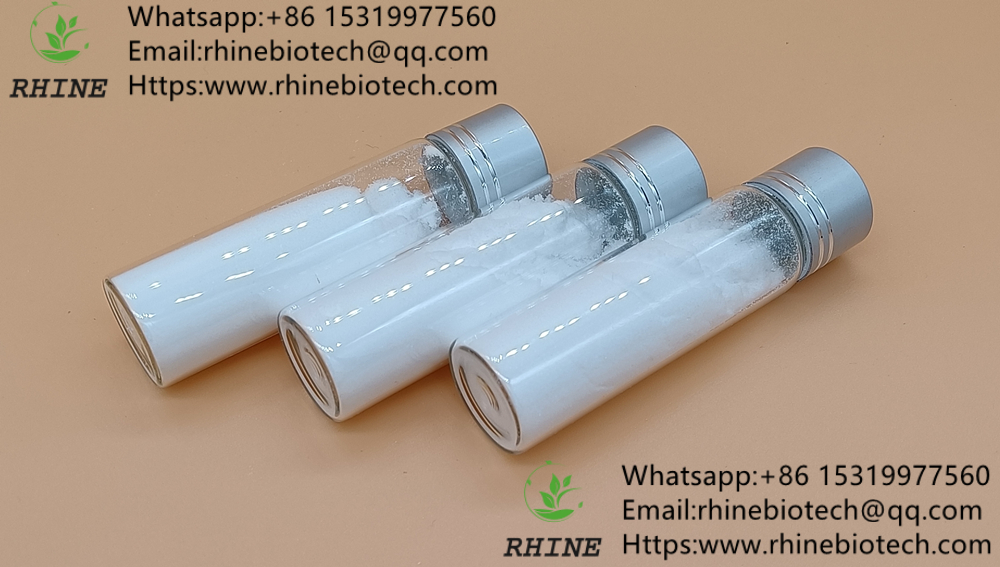A widely accepted view of watermelon umbilical rot is that the underlying cause of the disease is calcium deficiency. The soil contains less salt and acidification, especially strong sand: the soil lacks calcium. In salinized soils, although the soil contains the highest calcium content, due to the high concentration of soluble salts in the soil, the absorption of calcium by the roots is hindered and calcium deficiency is also caused. The application of ammonium nitrogen fertilizer or excessive potassium fertilizer will also hinder the plant's absorption of calcium. When the soil is dry and the air is dry, continuous high temperatures can easily cause large amounts of rot. Another view is that the main cause of the disease is the imbalance of water supply. Under drought conditions, the water supply is insufficient, or the water supply is blocked, and the water absorption in the root system is hindered. Since the maximum transpiration of the leaves, the original water in the fruit is taken away by the leaves, resulting in a large loss of fruit. Water, fruit necrosis, induced the disease. 1Scientific fertilization: In the soil with strong sand, pods should be treated with decomposed chicken manure. If acidification occurs in the soil, a certain amount of lime should be used to avoid large-scale application of ammonium nitrogen fertilizer and potash fertilizer. 2 Equilibrium water supply: The soil moisture content cannot change drastically, otherwise it will easily cause umbilical rot. In rainy years, water should be properly watered to prevent sudden increase of soil moisture during rain. Drain the water immediately after the rain to prevent the accumulation of water in the field for a long time. 3 Leaf calcium: After entering the result period, spray 0.1%~0.3% calcium chloride or calcium nitrate solution every 2 days, 2~3 times per week. Can also be continuously sprayed on the 3rd and other calcium fertilizer, the effect is very good, can prevent the occurrence of umbilical rot. 3 Leaf calcium: After entering the result period, spray 0.1%~0.3% calcium chloride or calcium nitrate solution every 2 days, 2~3 times per week. Can also be continuously sprayed on the 3rd and other calcium fertilizer, the effect is very good, can prevent the occurrence of umbilical rot.
Intermediate – Intermediate: A material produced during a drug substance processing step that must undergo further molecular modification or refinement to become a drug substance. Intermediates may or may not be isolated. Intermediates are the key products of the previous process of making APIs, which are different in structure from APIs.
Ceftriaxone sodium powder is called preparation, sterile ceftriaxone sodium is called API, and 7-ACA is called intermediate.
Our company specializes in providing key intermediates for various APIs
Intermediate is a very important type of fine chemical products. Its essence is a type of "semi-finished product", which is an intermediate product in the production of certain products. For example, if a product is to be produced, it can be produced from intermediates, saving costs and reducing It is widely used in the synthesis of medicines, pesticides, coatings, dyes and spices. In the field of medicine, intermediates are an important link in the industrial chain of the pharmaceutical industry. They are used for some chemical raw materials or chemical products in the process of drug synthesis. In a word, they are used to produce APIs.
Key Intermediates , Pharmaceutical intermediates , Anticancer intermediates , Antitumor Intermediates XI AN RHINE BIOLOGICAL TECHNOLOGY CO.,LTD , https://www.rhinebioteches.com
for example:
Amoxicillin capsules are called preparations, amoxicillin is called API, and 6-APA is called intermediate.
